75 Trivia Questions Only Geniuses Can Answer

Are you the person everyone wants on their pub trivia team? Is your dream to be on (and win) Jeopardy!? Then test your knowledge of all types of random subjects with these 75 tough trivia questions. These questions cover the gamut, from the natural world to sports to art to ancient history. If you can get most of these right, then you may want to see about booking that Jeopardy audition…
1
What is the most expensive painting to be sold at auction?

Hint: It’s a piece by a Renaissance artist.
Answer: Leonardo da Vinci’s Salvator Mundi, which sold for $450.3 million.

Leonardo da Vinci’s finished work is quite rare, so when his portrait of Jesus Christ, Salvator Mundi, went to auction in 2017 at Christie’s in New York, it sold for a staggering $450.3 million. And for more trivia sent right to your inbox, sign up for our daily newsletter.
2
What is the world’s deepest lake?

Hint: It’s in Russia.
Answer: Lake Baikal

Lake Baikal in Southern Siberia is 5,315 feet or 1,620 meters deep. It also holds the record for being the largest freshwater lake in the world and the oldest, dating back about 25 million years.
3
When was the first New Year’s Eve ball drop in Times Square?

Hint: It was before World War II.
Answer:Dec. 31, 1907

The annual festivities in the historic square began in 1904, but the first ball drop was in 1907. At that time, the New Year’s Eve ball weighed a whopping 700 pounds and was constructed of wood and iron.
4
What is the opposite of déjà-vu?

Hint: It’s also a French term.
Answer: Jamais-vu

Contrary to déjà-vu, which is the feeling that you have experienced a certain situation before even though you haven’t, jamais-vu describes the odd feeling that something very familiar is actually completely new.
5
What is the shortest -ology word?

Hint: Think birds.
Answer: Oology

Oology is the study of birds’ eggs, according to the American Ornithological Society. The term was first used to promote William Hewitson’s book British Oology in 1830.
6
What were the earliest forms of female contraceptives made of?

Hint: It’s really gross.
Answer: Crocodile dung
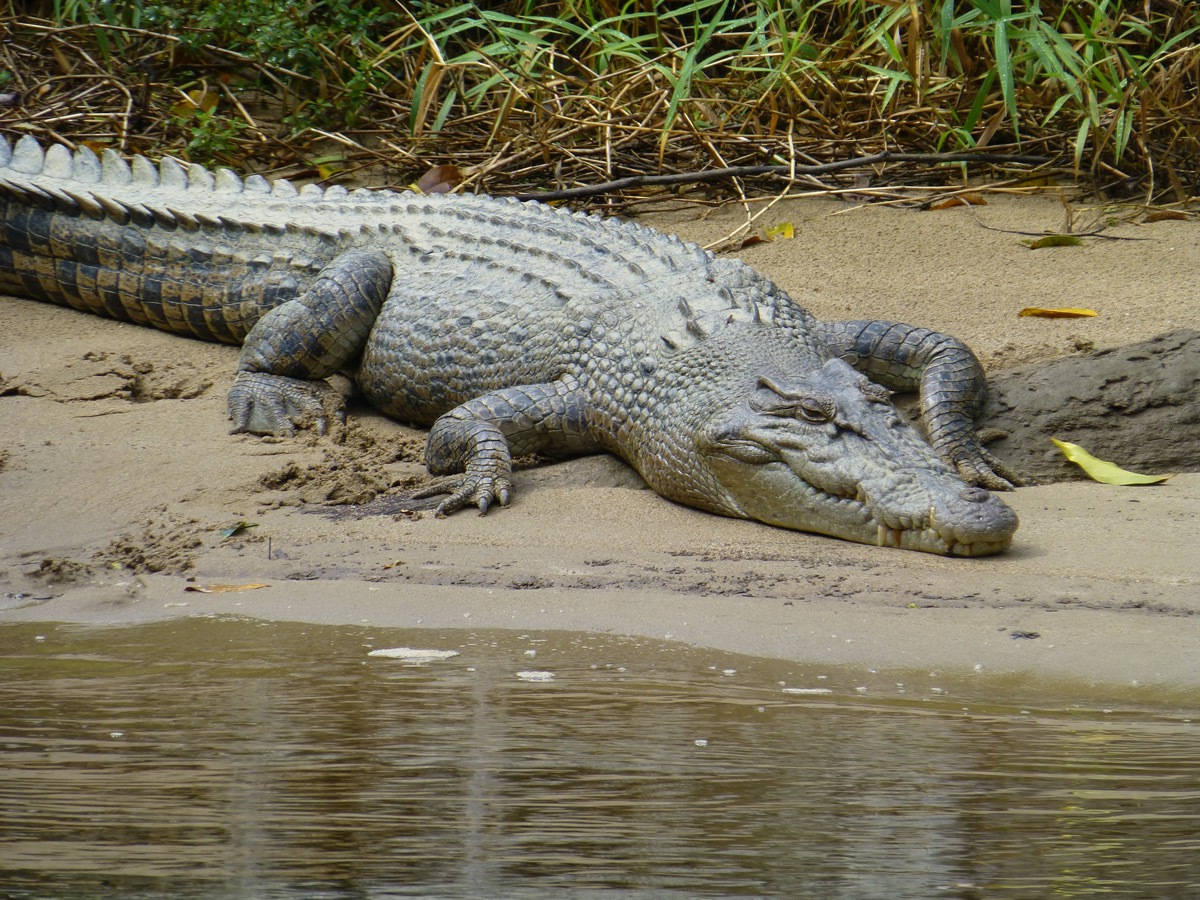
In 1850 B.C., Egyptians used a mixture made of honey, an ancient form of sodium carbonate, and crocodile dung, in order to create a pessary that was then “inserted into the vagina to block or kill sperm.”
7
How long does a cicada live underground?
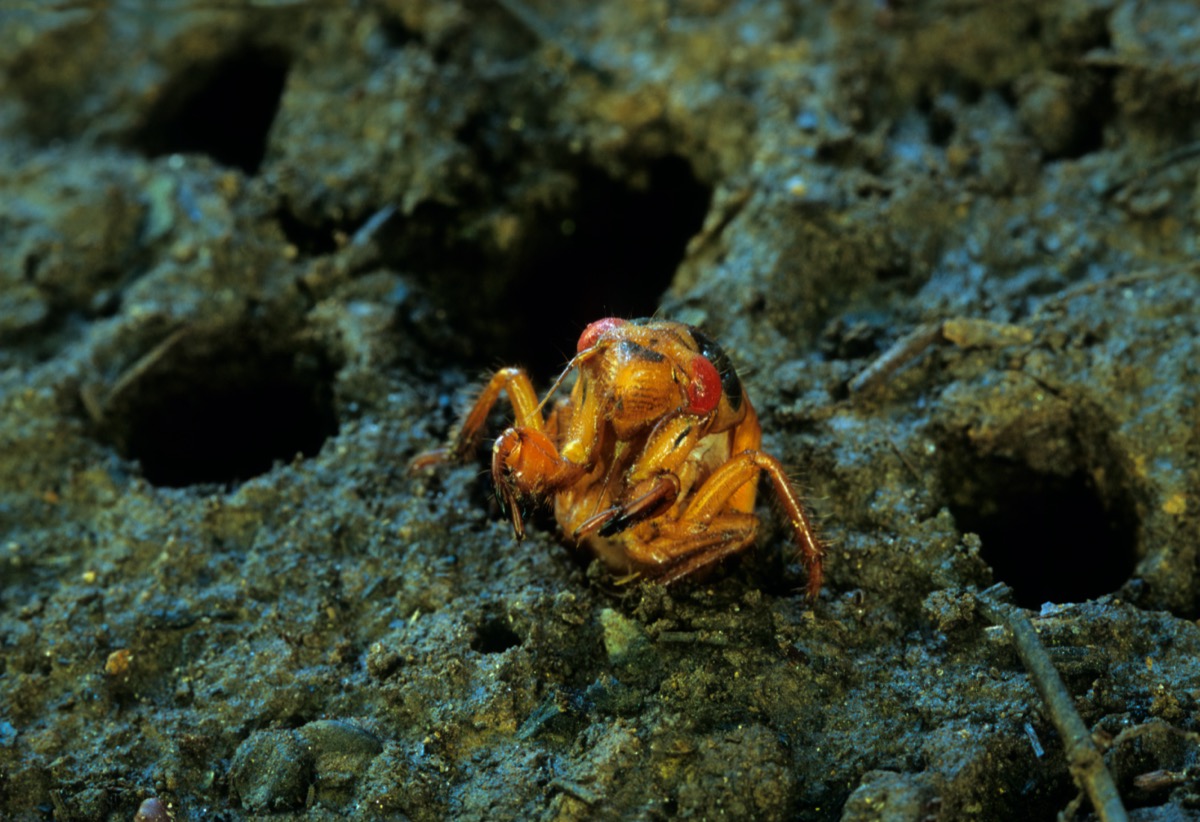
Hint: It’s more than a decade.
Answer: 17 years
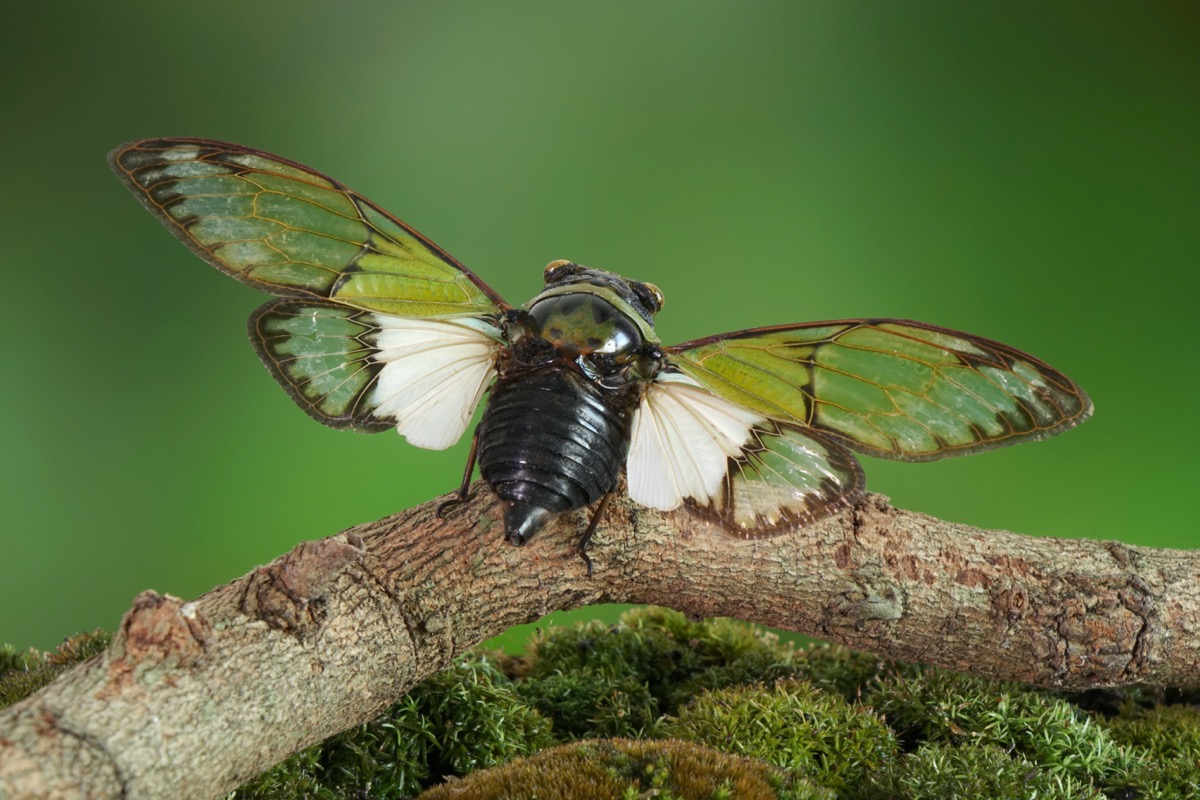
Periodic cicadas spend up to 17 years in a larvae stage under the ground to emerge as adults for just two to six weeks, according to the Museum of Zoology at the University of Michigan.
8
Where does the term “mocha” come from?

Hint: It’s not chocolate.
Answer: It’s a port city in Yemen, where the drink originated.

Though you probably think of a mocha as a mixture of espresso, steamed milk, and chocolate, the name actually dates back to the 14th century, when the city of Mocha was founded. According to Britannica, Mocha was renowned for its “high-quality coffee of the species Coffea arabica.”
9
How long is a moment?

Hint: It’s more than a minute.
Answer: 90 seconds
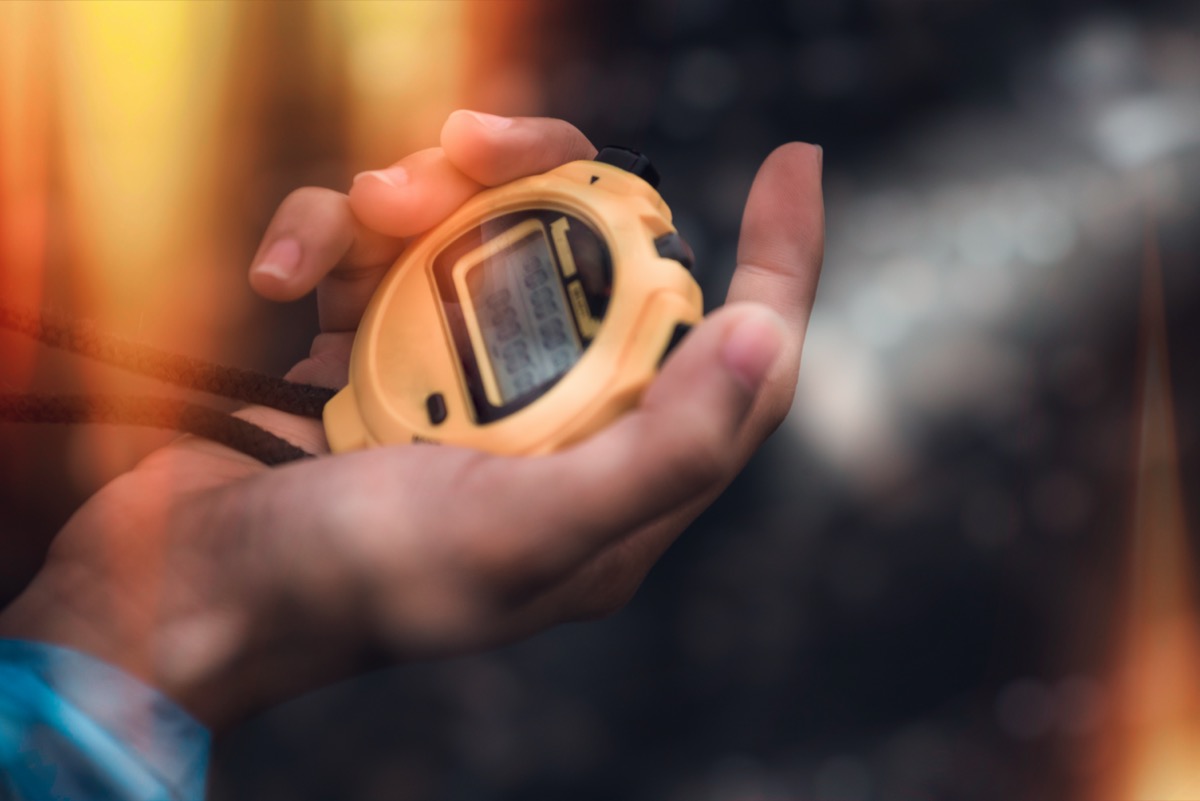
The term as we know it was put into use by eighth-century monk Saint Bede the Venerable, according to Science Focus. He apparently used it to describe a span of 90 seconds.
10
What food aided in the production of bombs in World War II?

Hint: You may have had it for breakfast.
Answer: Bacon

During World War II, the American Fat Salvage Committee was put together to encourage American families to save the fatty runoff from their bacon and give it to the army in order to make bombs, according to The Atlantic. In 1942, Disney even released a short film titled Out of the Frying Pan Into the Firing Line which explains how bacon fat (which is high in glycerine) can be made into bombs.
11
What popular children’s toy was originally used to clean wallpaper?

Hint: It’s pliable and colorful.
Answer: Play-Doh

In 1912, Cincinnati-based company Kutol Products created “a soft, pliable compound used for wiping soot from wallpaper,” according to Smithsonian Magazine. But when the business was struggling in the ’50s due to home-heating options that were cleaner than coal, Kay Zufall, a nursery school teacher, suggested that the company market the putty as a children’s plaything.
12
What percentage of Sweden’s household garbage makes it to landfills?

Hint: It’s an incredibly low amount.
Answer: 1%

Sweden has figured out how to deal with its garbage in an incredible way. According to The Verge, the country is able to recycle about half of its household trash, and the rest is “converted into energy through an incineration process called waste-to-energy,” leaving roughly 1% for its landfills.
13
How many ways can you make change for a U.S. dollar?

Hint: It’s A) 225, B) 292, or C) 353
Answer: 292 ways
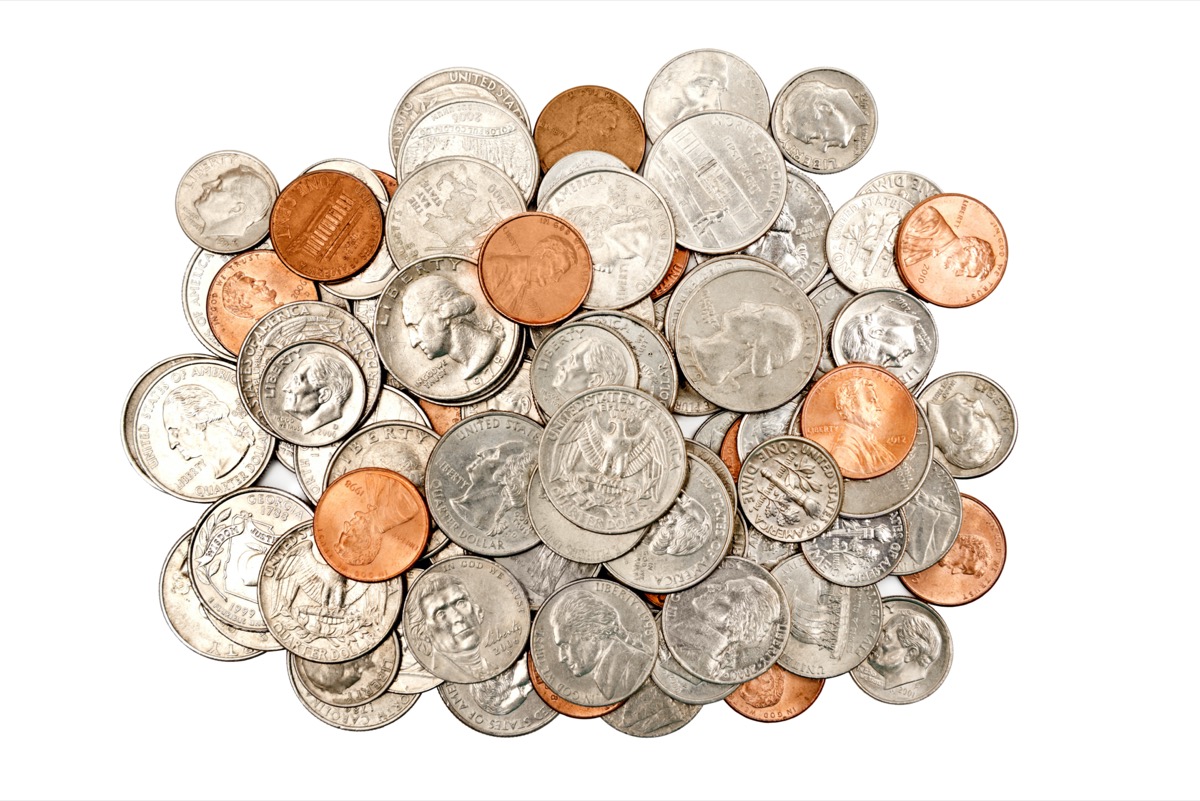
We’re not just nickel and dime-ing it here, there are actually 292 ways (293 if you trade a dollar bill for a dollar coin) to make change for a U.S. dollar. The Mathematical Association of America breaks it down in this chart, which shows all the possible combinations that can be used to cash in your dollar for coins.
14
What does the color of your bread tab mean?
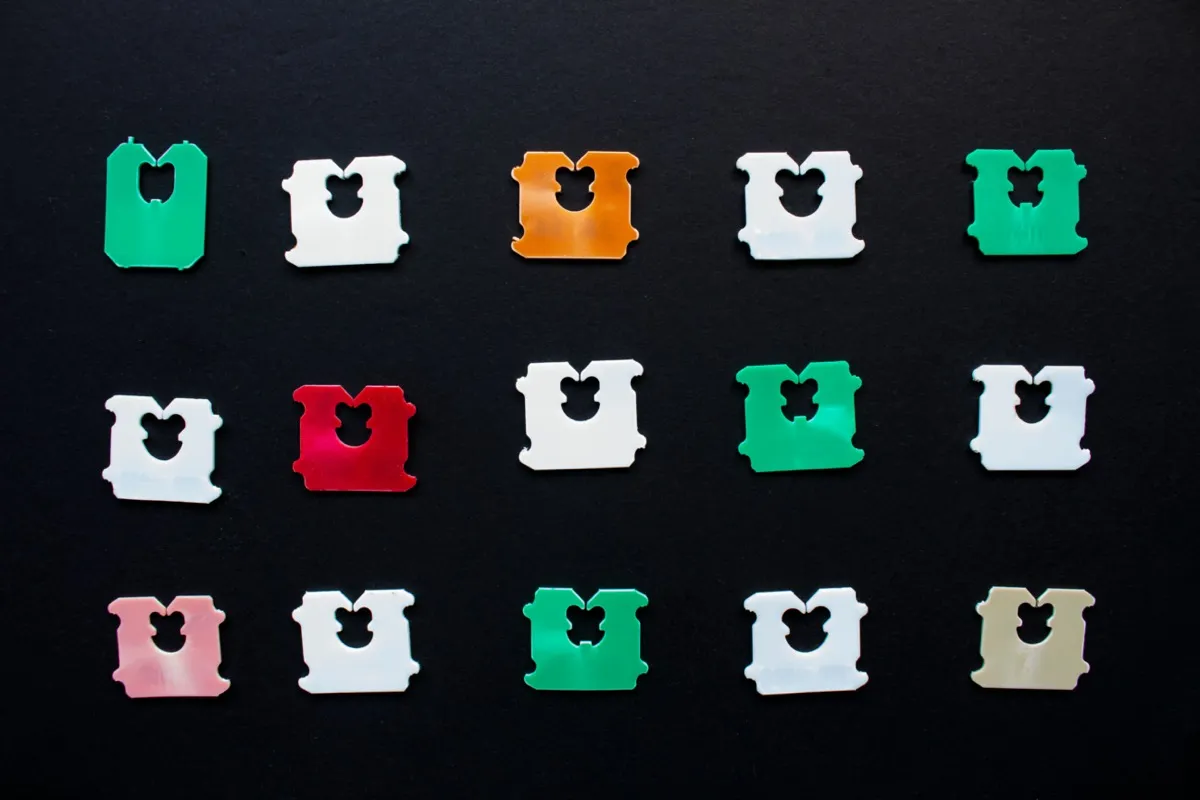
Hint: It has to do with freshness.
Answer: It tells you what day your loaf of bread was baked on.

That colorful tab not only helps to seal in the softness of your loaf of bread, it actually tells you the day of the week when it was baked. The color code is blue for Monday, green for Tuesday, red for Thursday, white for Friday, and yellow for Saturday.
15
Before it was a called a mouse, what animal was that computer accessory named after?

Hint: It’s a reptile.
Answer: A turtle

First, what we now know of as a mouse had the not-so-catchy name, “X-Y Position Indicator for a Display System,” then it got the snappier moniker turtle, then rodent, and finally mouse.
16
What is the oldest city in the world?

Hint: It’s not Jericho.
Answer: Aleppo, Syria

Parts of this ancient city date back to 6,000 B.C., according to The Guardian. Sadly, it’s been heavily damaged by years of civil war.
17
What is the only U.S. state with a Spanish motto?

Hint: It’s not New Mexico or Texas.
Answer: Montana

The name “Montana” itself comes from the Spanish word “montaña (‘mountain’ or ‘mountainous region’). Its state motto is “Oro y Plata,” which is Spanish for “gold and silver”—two things that were in abundance in the state in the mid-1800s.
18
How many scent receptors does a dog have in its nose?

Hint: Think in the millions.
Answer: 300 million

The average human being has about six million, while dogs have around 300 million olfactory receptors in their nose. According to PBS, “the part of a dog’s brain that is devoted to analyzing smells is, proportionally speaking, 40 times greater than ours.”
19
What does battologize mean?

Hint: It has nothing to do with apologizing for a battle.
Answer: Repeating something way too many times.

Battologize means to repeat a word or a phrase to the point where you’re boring the person you’re talking to. You know you’ve done it, and you’ve certainly had to done to you.
20
Which finger is responsible for 50% of the strength in your hand?

Hint: It’s not your thumb.
Answer: The pinky

Your little digit has a lot of power. According to hand therapist Laurie Rogers, via The New York Times, without your pinky finger, “you’d lose 50% of your hand strength, easily.” That’s because it aids the ring finger by providing the power to grip and make a fist, while your index, middle finger, and thumb are best for grabbing and pinching.
21
What part of the body was almost named the Whipple Tickle?
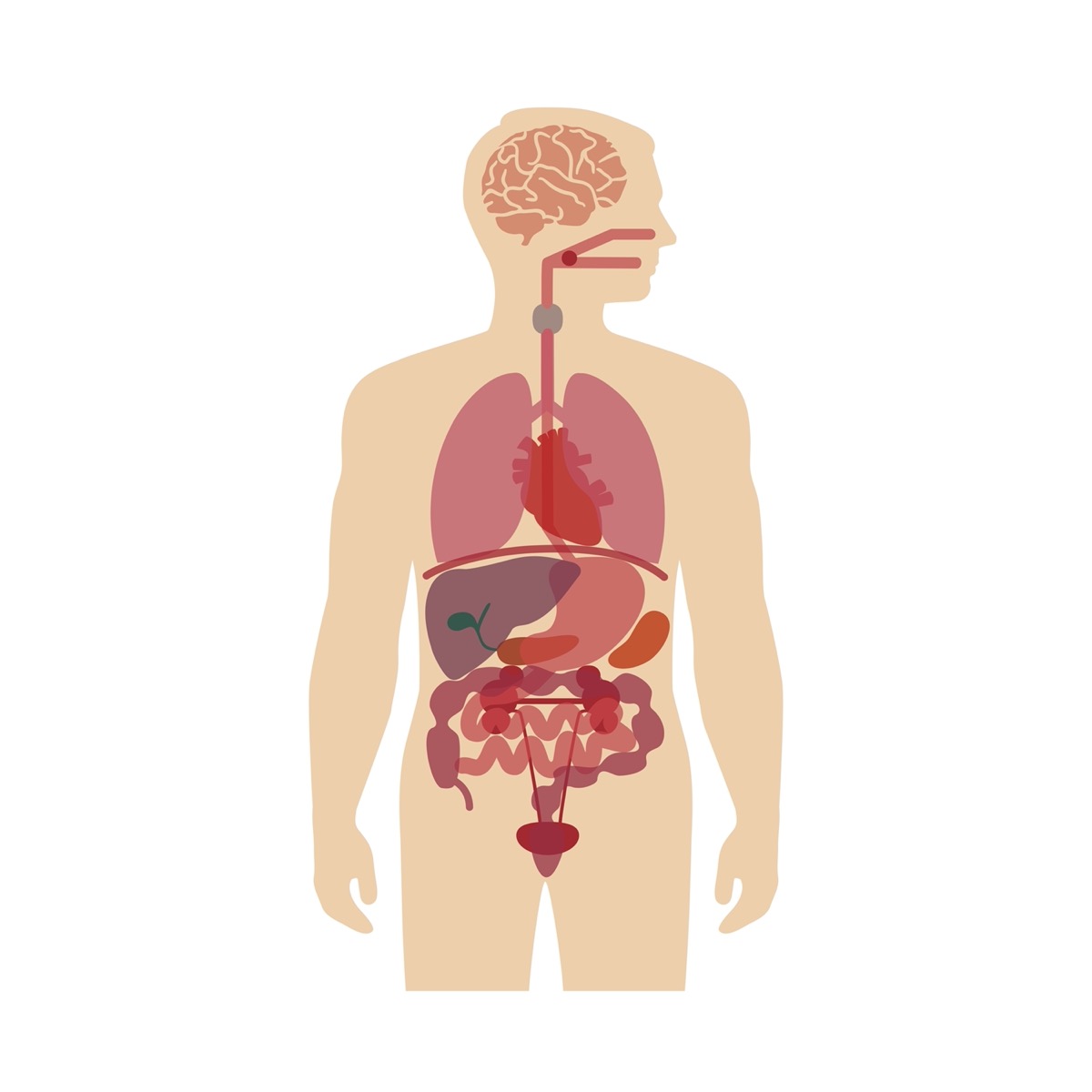
Hint: It’s a sensual area.
Answer:The G-spot

At university conferences leading up to the release of the 1982 book The G-Spot and Other Recent Discoveries About Human Sexuality, co-author Beverly Whipple was reportedly asked, “Why not call it the Whipple Tickle?” Instead, the authors decided to name the area after Ernst Grafenberg, who in the ’50s claimed “that stimulation of a sensitive area on the front wall of the vagina could trigger a female orgasm,” according to the BBC.
22
Barani, rudolph, and randolph are all techniques in which sport?

Hint: It’s a sport with serious bounce.
Answer: Trampolining

Trampolining has been an Olympic sport since 2000, where techniques like barani (a forward somersault with a half twist), rudolph (a front somersault with one-and-a-half twists), and randolph (a front somersault with two-and-a-half twists) can land you a gold medal.
23
What is a shape with 999 sides called?

Hint: The word ends with “gon.”
Answer: An enneahectaenneacontakaienneagon

According to Kutztown University, a 999-sided polygon or enneahectaenneacontakaienneagon can be broken down into the Greek names for the numbers ennea (9), hecta (100), enneaconta (90), kai (and) ennea (9), with gon (side) on the end.
24
What is the world’s most venomous fish?
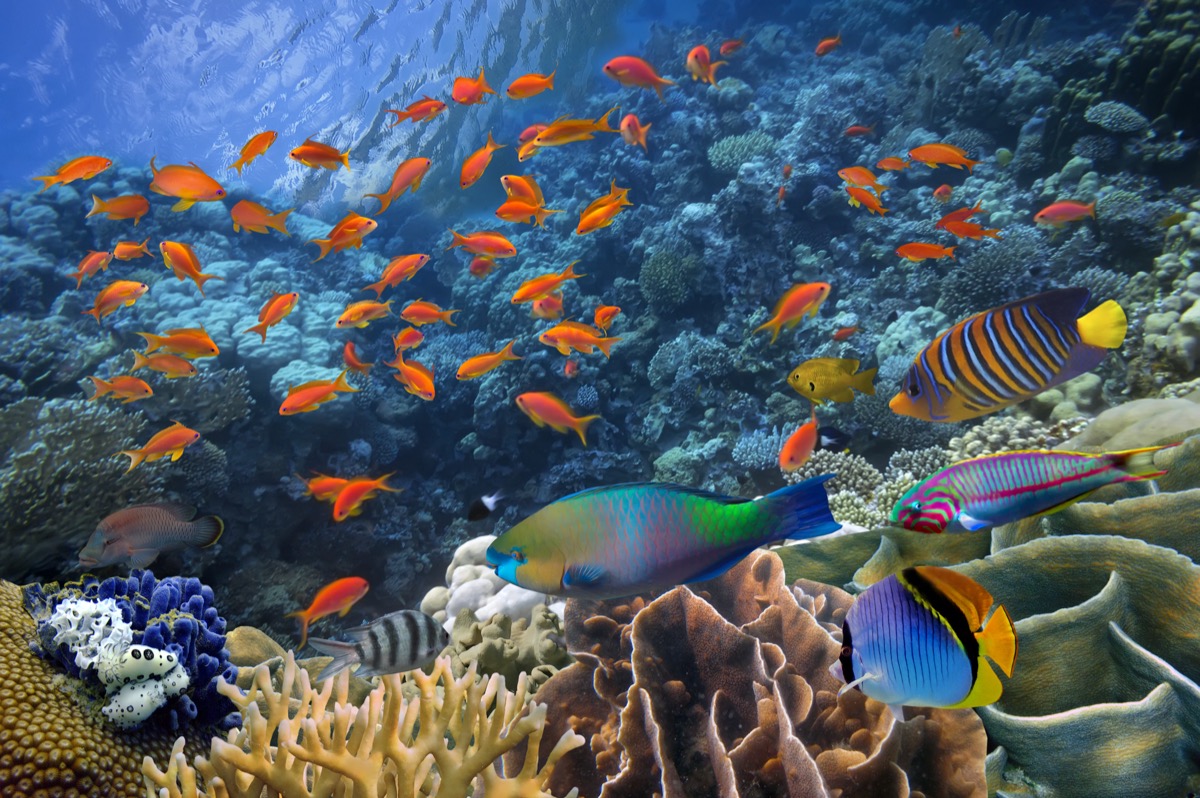
Hint: It’s not the pufferfish.
Answer: The Stonefish

Found in the waters of Australia, these camouflaged bottom dwellers are incredibly poisonous. According to Oceana, “through its dorsal fin spines, the stonefish can inject a venom that is capable of killing an adult person in less than an hour.” Yikes!
25
How old is the world’s oldest illustrated book?

Hint: It’s A) 2,200 years old, B) 3,500 years old, or C) 4,000 years old
Answer: 4,000 years old
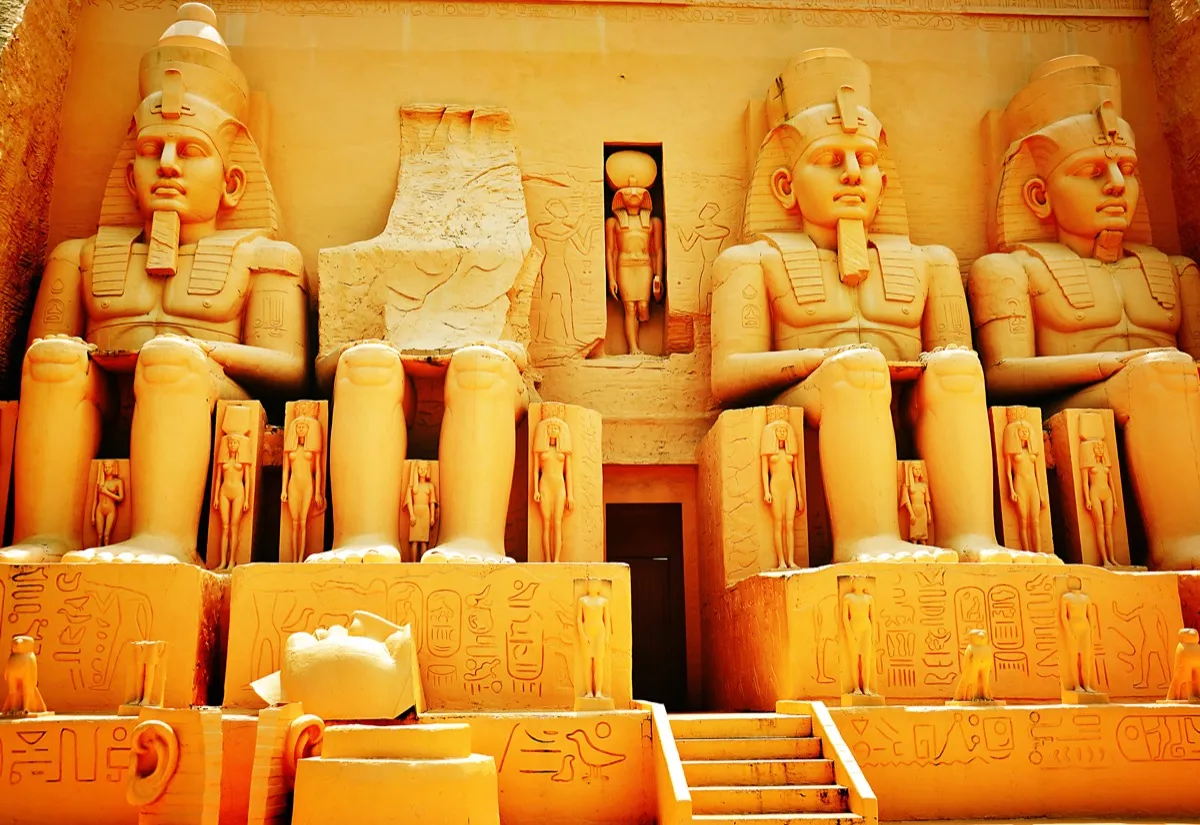
The 4,000-year-old text is an edition of The Book of Two Ways which was found at an ancient Egyptian burial site. Instead of being written on paper or papyrus, the words were inscribed on the walls of a sarcophagus and were thought to help guide a deceased spirit to the underworld.
26
How many Earths could fit inside the sun?
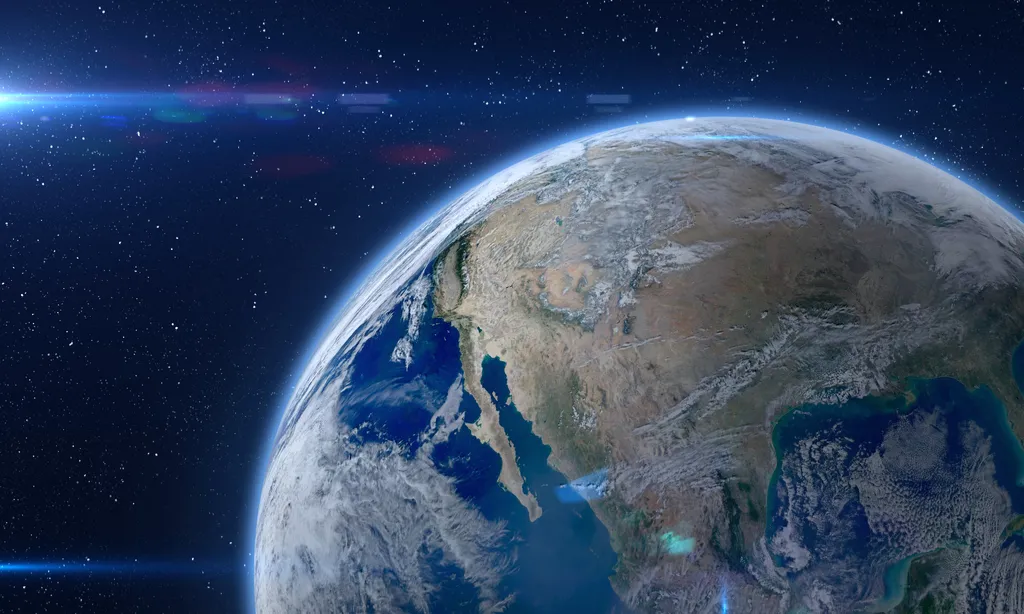
Hint: It’s A) 3, B) 1,300, or C) 1.3 million.
Answer: 1.3 million

The sun is not just a lot bigger than planet Earth—it absolutely dwarfs us. In fact, 1,300,000 Earths could fit inside the sun, according to NASA.
27
Where were the Declaration of Independence, the Constitution, and the Bill of Rights stored during World War II?

Hint: It’s an Army post in the South.
Answer: Fort Knox

The treasured political documents were secretly moved and stored in protected vaults at the Kentucky facility in case of an attack on U.S. soil, according to the U.S. Mint. They remained there until 1944, when they were returned to Washington, D.C.
28
How many of the speeches in Shakespeare’s plays are delivered by women?

Hint: It’s A) 33%, B) 17%, or C) 52%.
Answer: 17%

“It’s been rough on women actors with a passion for Shakespeare these 400 years,” Tina Packer, an actor and the artistic director of Massachusetts’ Shakespeare & Company, told The Guardian. That’s because the women in Shakespeare’s plays only get around 17% of the speeches in his works. Men have 81% and the remainder of the speeches are by “unknowns” or mixed groups.
In fact, in Timon of Athens, female characters were only given nine speeches while there are a whopping 725 made by men.
29
Which country consumes the most chocolate per capita?

Hint: Favarger chocolates are from here.
Answer: Switzerland

The average person in Switzerland eats almost 20 pounds of chocolate each year. By comparison, those in the United States indulge in an average 9.5 pounds of chocolate each year.
30
In which country was the largest Tyrannosaurus rex skeleton found?
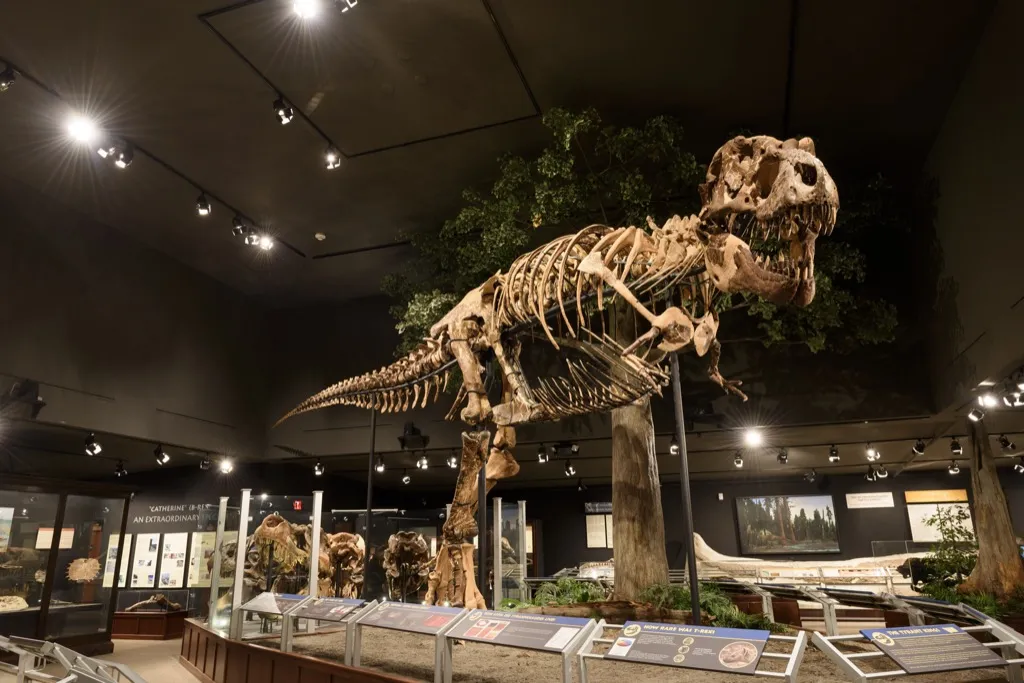
Hint: The country shares a border with the United States.
Answer: Canada

In 2019, paleontologists from the University of Alberta announced that they had discovered the biggest Tyrannosaurus rex skeleton ever found. Measuring 42.7 feet long, the beast likely lived in the Canadian province of Saskatchewan around 66 million years ago.
31
What is a duel among three people called?

Hint: It’s exactly what you think it is.
Answer: A truel
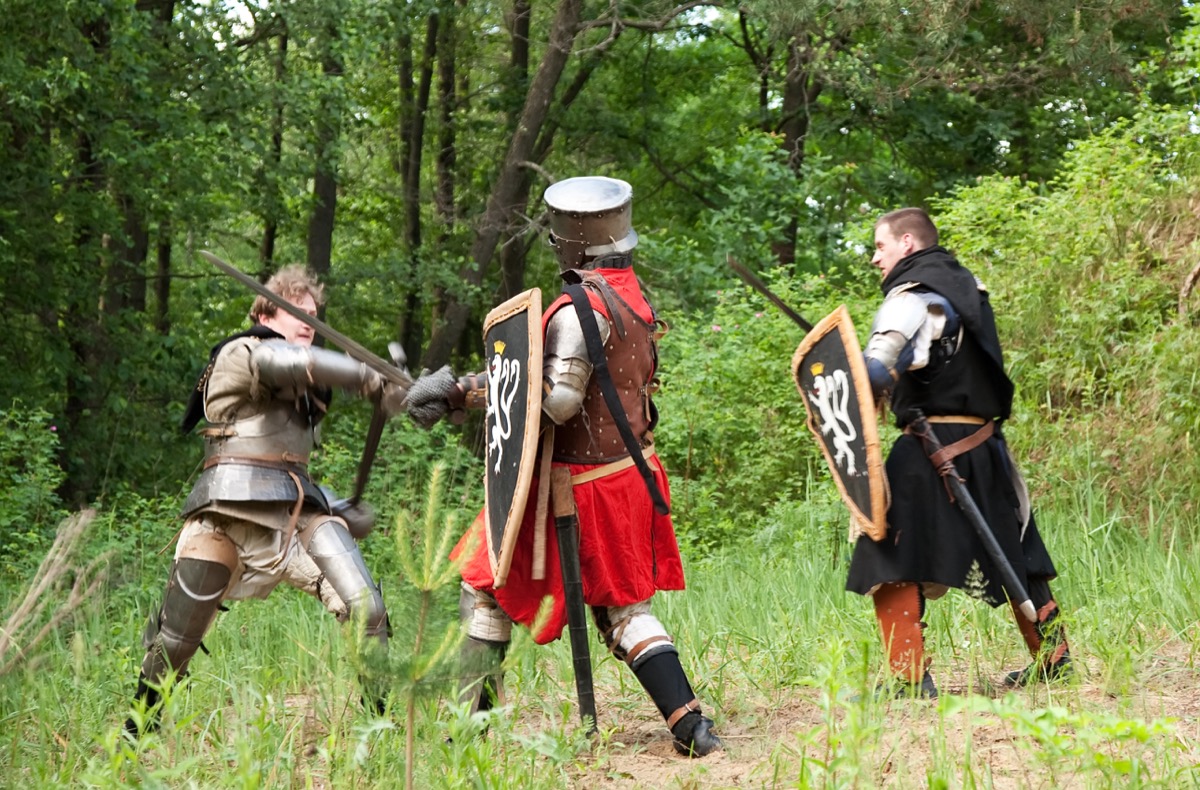
When two people decide to engage in a fight, it’s commonly known as a duel. However, when a trio of individuals find themselves involved in a physical challenge, it’s a truel.
32
Which two U.S. states don’t observe Daylight Saving Time?

Hint: Both states are known for their warm weather.
Answer: Arizona and Hawaii

On the second Sunday in March, most Americans lose an hour of sleep. However, those in Hawaii and Arizona (except the Navajo Nation, which does observe Daylight Saving Time) can sleep in, since those two states opted out.
33
What was the first toy to be advertised on television?

Hint: It involves a vegetable.
Answer: Mr. Potato Head

Mr. Potato Head was first created in 1952 by what’s now Hasbro, Inc. (and called the Hassenfeld Brothers company at the time) in Pawtucket, Rhode Island. On Apr. 30 of that same year, the toy appeared in the first commercial that was aimed at children instead of adults.
34
After Antarctica, what is the most sparsely populated continent?
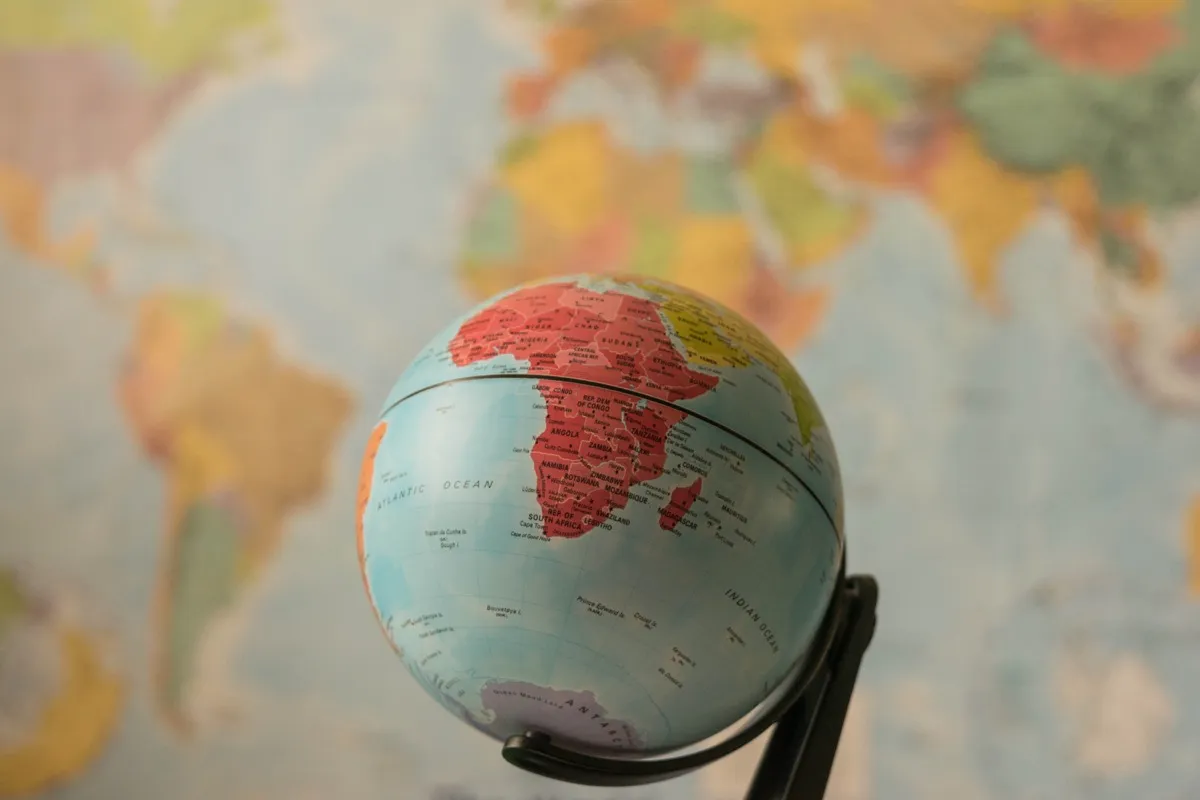
Hint: It’s known for its wacky (yet seriously adorable) animals.
Answer: Australia

Australia boasts a population of approximately 31 million people, or 8.37 people per square mile. That’s extremely sparse compared to the next least-populated continent, South America, which boasts 56.9 people per square mile. Asia is the most densely populated continent, with 246 people per square mile.
35
What is the smallest bone in the human body?
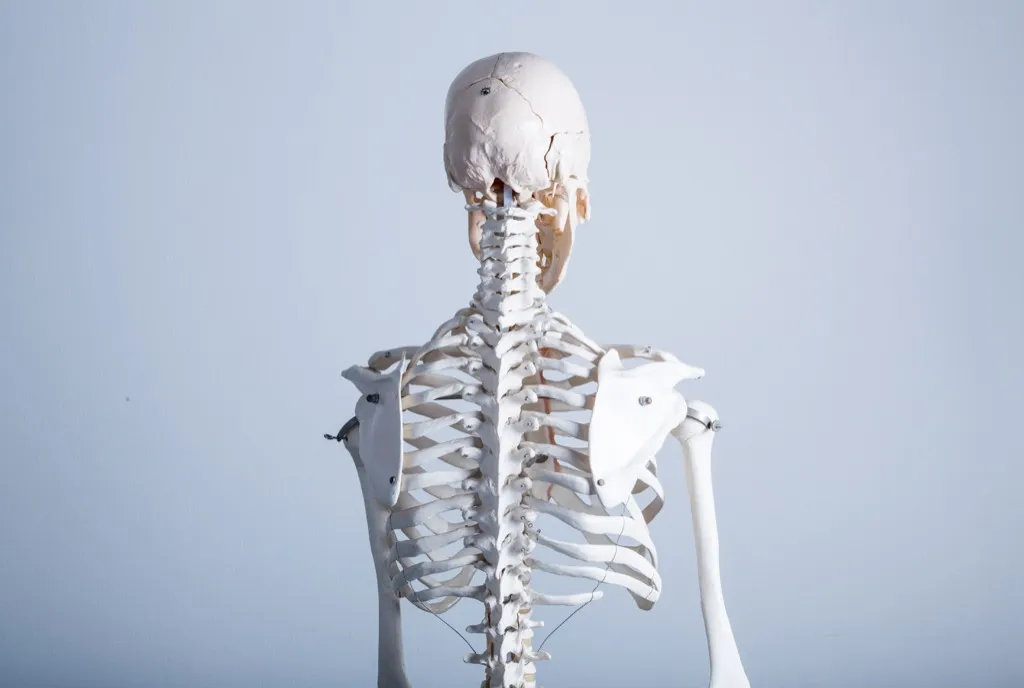
Hint: It’s located above the neck.
Answer: The stapes

Found in the middle ear and part of a trio of bones called ossicles, the stapes is only 3 millimeters by 2.5 millimeters in size. The bone helps move sound waves, delivering them from the outer ear to the inner ear before they’re passed along to the brain as nerve impulses that are translated into the information that we can identify as specific sounds.
36
Which country has the oldest continuously used national flag?

Hint: It’s located in Northern Europe.
Answer: Denmark

The country of Denmark has been using the same flag design since 1625 and holds the record for the oldest continuously used national flag in the world. A white Scandinavian cross on a bright red background, the bold and instantly recognizable flag is known as the “Dannebrog” or “Danish cloth.”
37
Which state produces nearly half of America’s rice?

Hint: It’s located in the South.
Answer: Arkansas
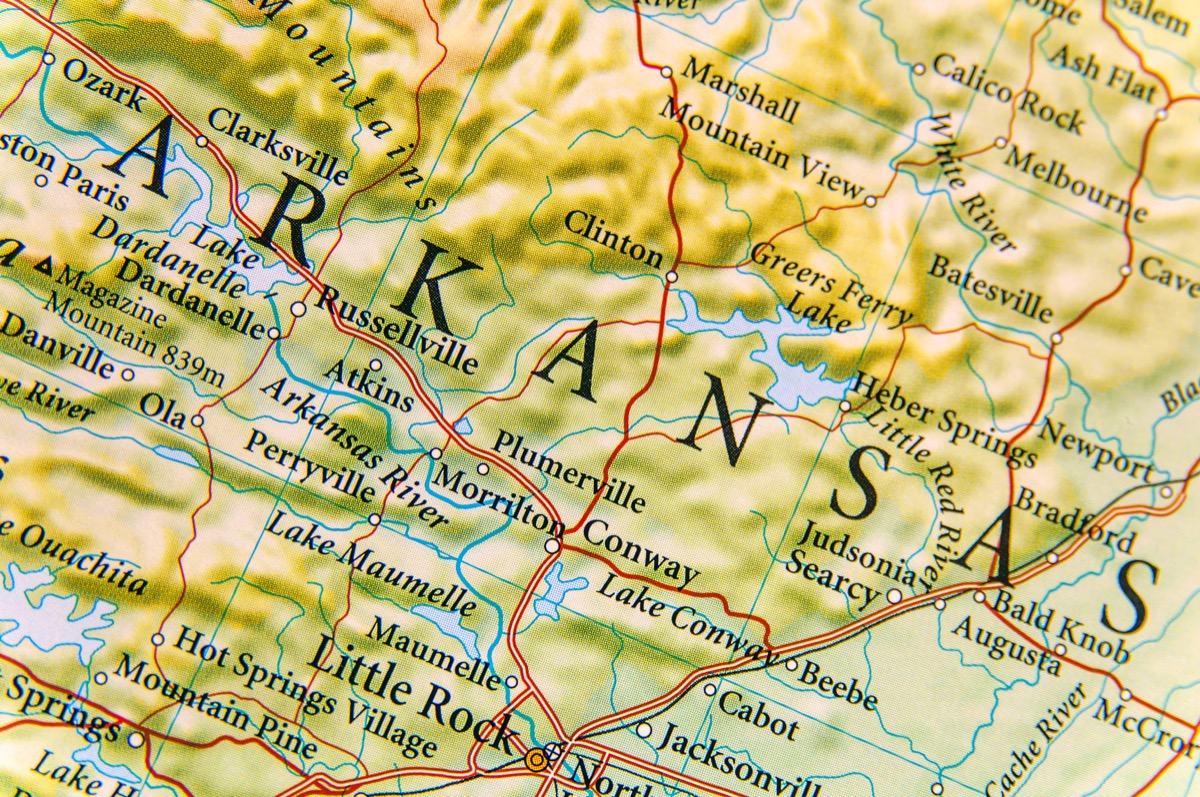
If you live in the U.S. and are enjoying rice with your dinner tonight, there’s a good chance that it was grown in Arkansas. As the country’s leading producer of the popular grain, the state is responsible for around half of all American rice.
38
What is the loudest animal on Earth?

Hint: You’ll find it in the ocean.
Answer: The sperm whale
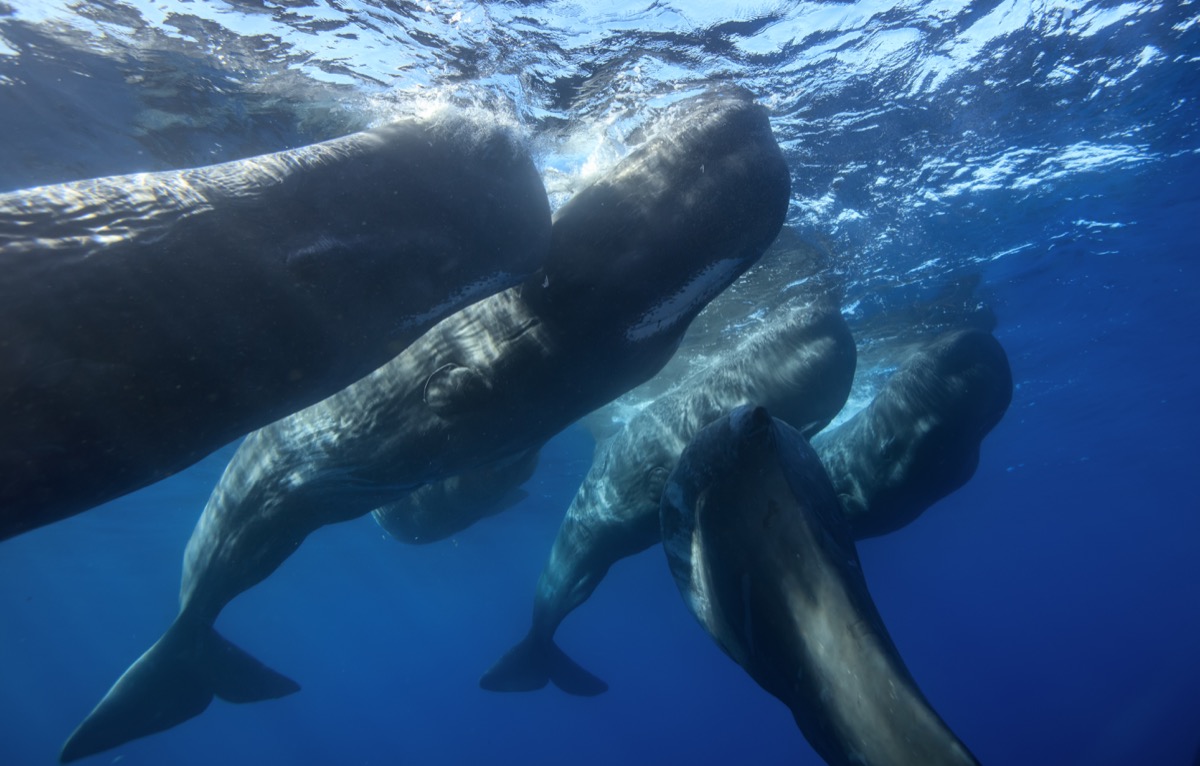
It’s been reported by the BBC that while a jet engine produces around 188 decibels of noise during take-off, the sperm whale tops that with a clicking sound that has been recorded at 230 decibels.
39
Which planets in our solar system do not have moons?

Hint: They’re the first and second planets from the sun.
Answer: Mercury and Venus

Mars has two moons, Neptune has 14, and Uranus has 27, according to NASA. Jupiter has 79 known moons and Saturn has 53, plus nine more that might officially be deemed moons once we know a little more about them. Mercury and Venus, on the other hand, don’t have any moons at all.
40
How many languages are written from right to left?

Hint: It’s A) 3, B) 12, or C) 37.
Answer: 12

The 12 languages that are written from right to left are Arabic, Aramaic, Azeri, Divehi, Fula, Hebrew, Kurdish, N’ko, Persian, Rohingya, Syriac, and Urdu.
41
How many trees are there on Earth?

Hint: It’s A) 3 million, B) 33 million, or C) 3 trillion.
Answer: 3 trillion

While it’s obviously impossible to count every single tree on the surface of our planet, scientists estimate there are around 3 trillion trees on Earth. To put that into perspective, there are just over 7.5 billion people on Earth.
42
What is the largest glacier in the world?

Hint: It’s located in Antarctica.
Answer: The Lambert-Fisher Glacier

Up in the frozen wilds of Antarctica sits the Lambert-Fisher glacier. Measuring 250 miles long and about 60 miles wide, the massive chunk of ice is the largest glacier on Earth, according to the National Snow and Ice Data Center.
43
Which two professional sports teams once merged to form the Steagles?

Hint: You’ll have to sound this one out for yourself…
Answer: The Philadelphia Eagles and the Pittsburgh Steelers

During World War II, more than 600 professional football players were drafted into military service. This forced NFL teams to adapt to the shortage of eligible athletes, and so, in 1943, the Steelers and the Eagles merged to become the Steagles.
44
What are the folds of skin on a cat’s ears called?

Hint: We’ll accept the colloquial term or the scientific term.
Answer: “Henry’s pockets” or cutaneous marginal pouches

If you take a look at a cat’s ears, you’ll notice extra folds of skin on the outer edge. While veterinarians don’t know if they serve any purpose, the folds do have a name: Technically, they’re called cutaneous marginal pouches, but most people just refer to them as “Henry’s pockets.”
45
What was the first animated film to be nominated for Best Picture at the Academy Awards?

Hint: Disney was involved.
Answer: Beauty and the Beast
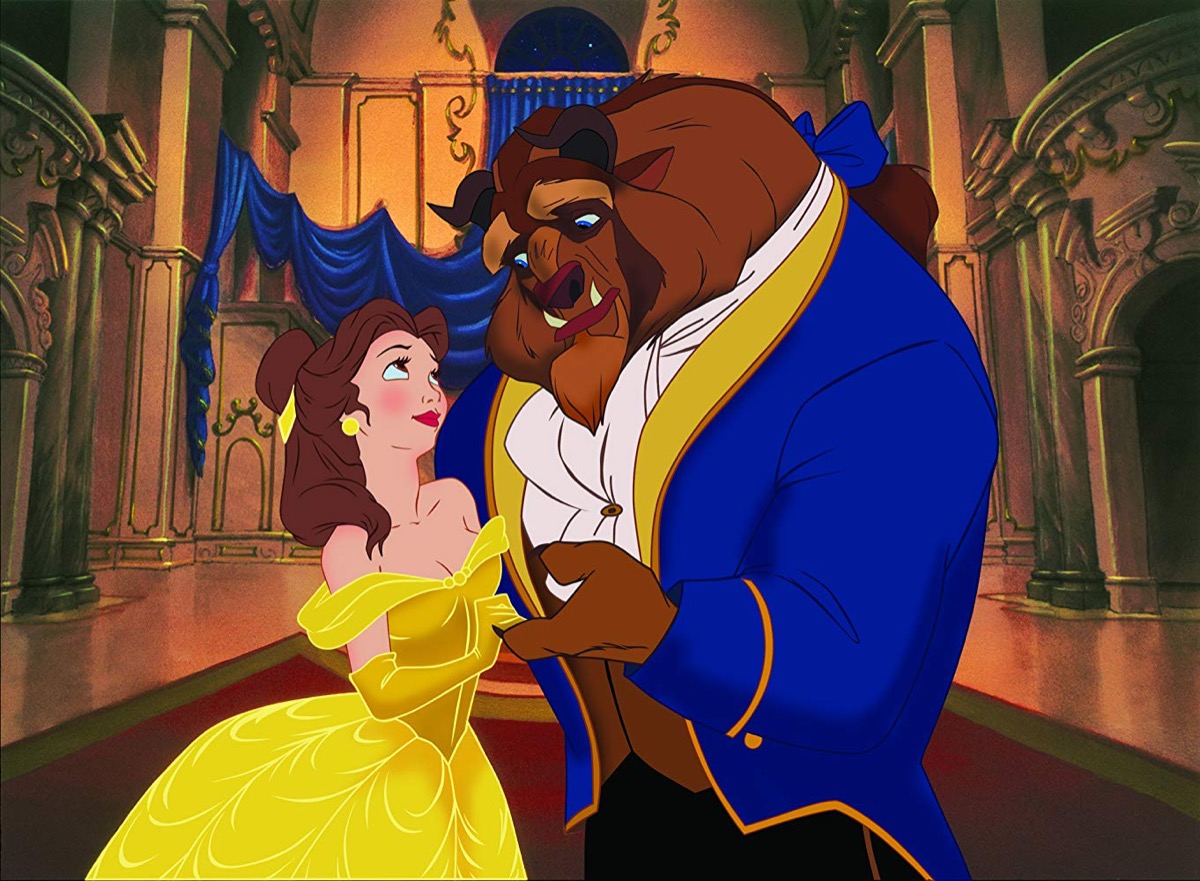
When Disney’s Beauty and the Beast was nominated for Best Picture at the 64th Academy Awards, it became the first animated film to be recognized in the category. While the movie did take home the Oscars for Best Original Score and Best Original Song at the 1992 ceremony, it lost the Best Picture award to The Silence of the Lambs.
46
What is the largest county in the United States?
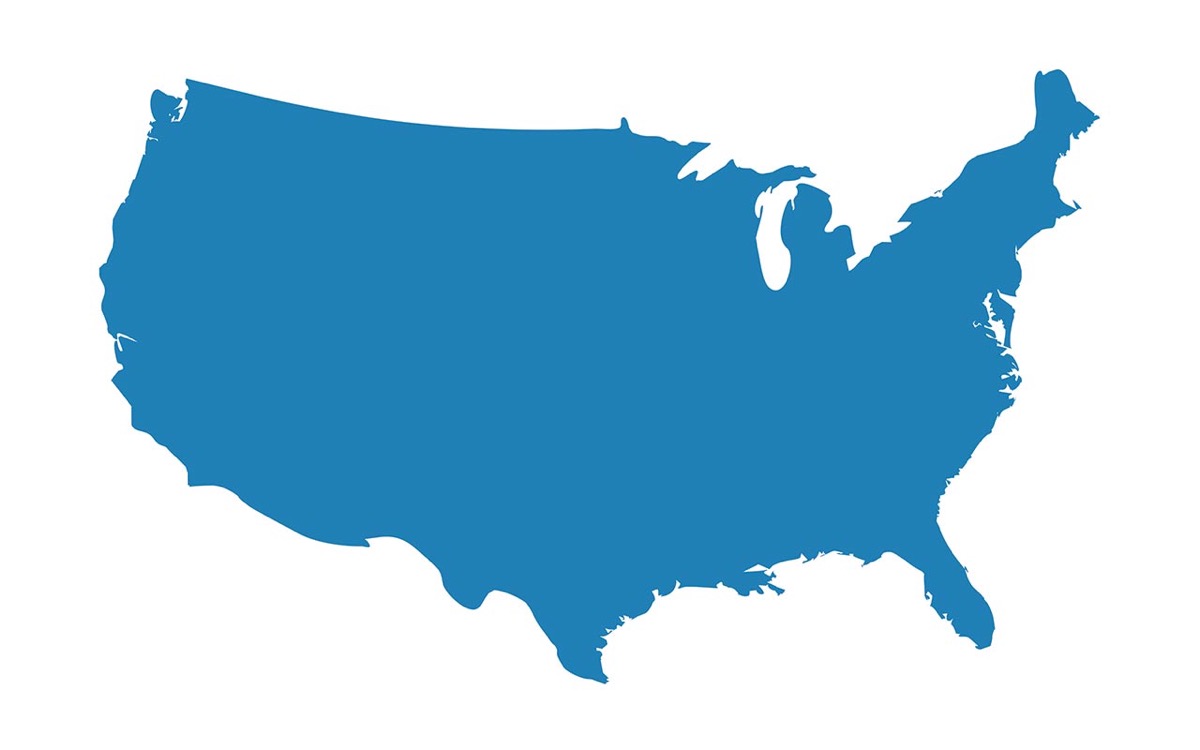
Hint: It’s located in California.
Answer: San Bernardino County

California’s San Bernardino County is 20,160 square miles in size and has 2,076,399 residents (give or take a few people, of course). That means that, along with being the largest county in the United States, it’s also bigger than the entire country of Switzerland!
47
What are baby owls called?
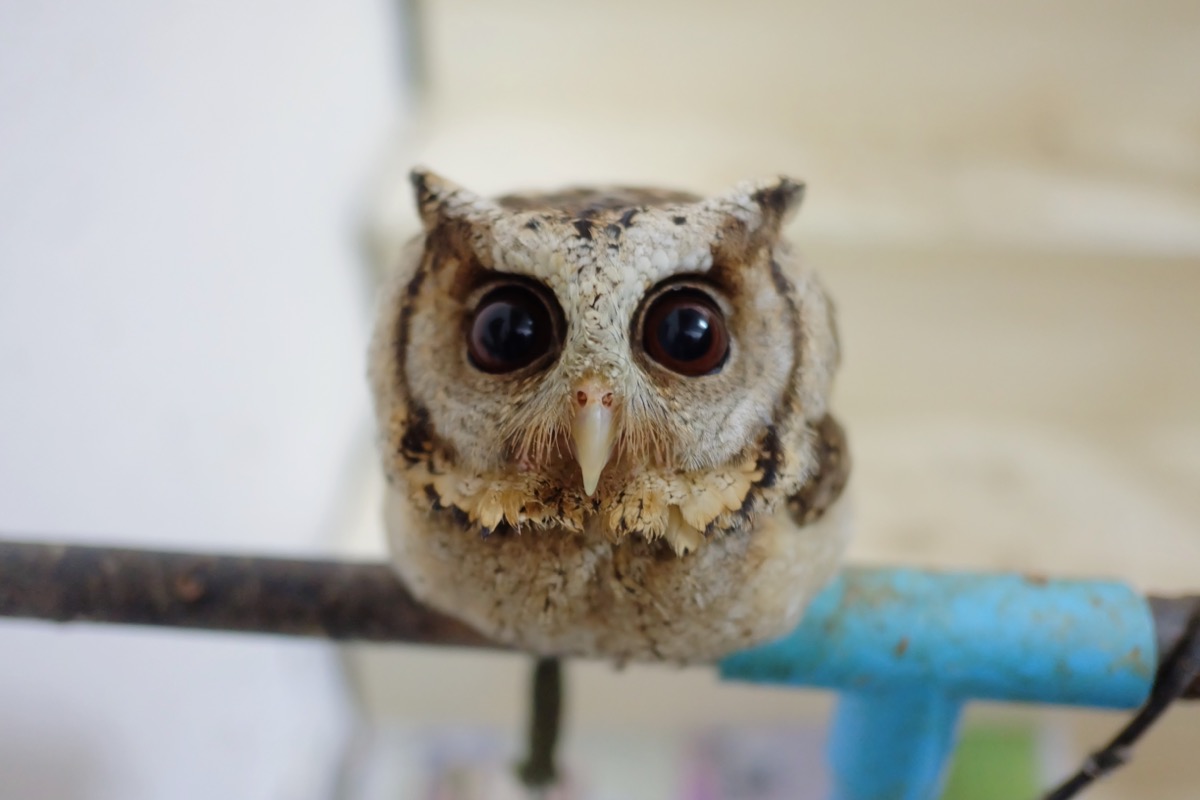
Hint: There are two correct answers for this one!
Answer: Owlets or nestlings

Female owls lay anywhere from one to 14 eggs at a time and wait three to five weeks for their little ones to hatch. And when they do, the mama birds have a nest full of babies called owlets or nestlings. When they’re old enough to fly, they’re referred to as fledglings.
48
On average, how long does it take food to pass through the human body?

Hint: It’s A) 6 hours, B) 28 hours, or C) 53 hours.
Answer: 53 hours

A study done by the Mayo Clinic in the ’80s found that it takes around 53 hours for food to make its way through—and out of—the body. However, the exact amount of time varies depending on factors such as what you’ve consumed and how healthy you are overall. Your gender also plays a role: Food moves through men faster than it passes through women.
49
What is the space between windows called?

Hint: You probably won’t get this on unless you’re an architect or Latin expert.
Answer: Interfenestration

Per Merriam-Webster, an interfenestration either refers to the “width of pier between two windows” or an “arrangement of windows with relation to the distance between them from axis to axis or from opening to opening,” and it comes from the Latin root fenestratus, which means to provide an opening.
50
What is boanthropy?

Hint: The word “bovine” is a serious clue here.
Answer: A disorder that leads people to believe they’re a bovine animal

Anyone who suffers from boanthropy is dealing with a disorder that makes them believe that they’re a cow, a buffalo, or another type of bovine animal. According to a 2013 report in the Pharmaceutical Journal, the most famous figure to exhibit signs of the condition was King Nebuchadnezzar, who ruled the Neo-Babylonian Empire from 605 B.C. to 562 B.C.
51
What is the only kind of parrot that can’t fly?

Hint: It starts with the letter K.
Answer: The Kakapo
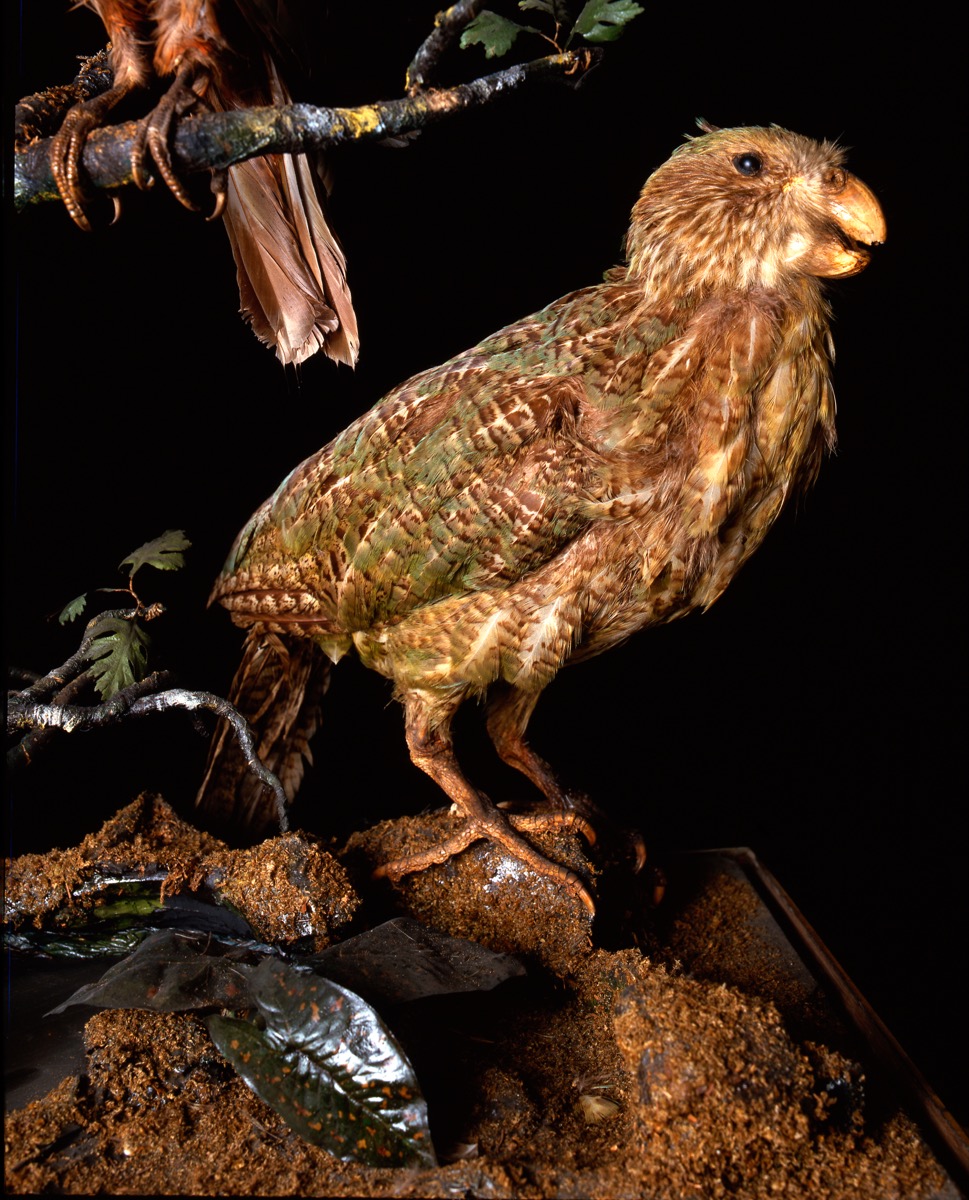
Kakapos are considered to be a real oddity, in part due to the bulky nature of their bodies, which prevents them from being able to fly.
52
What is the driest place on Earth?
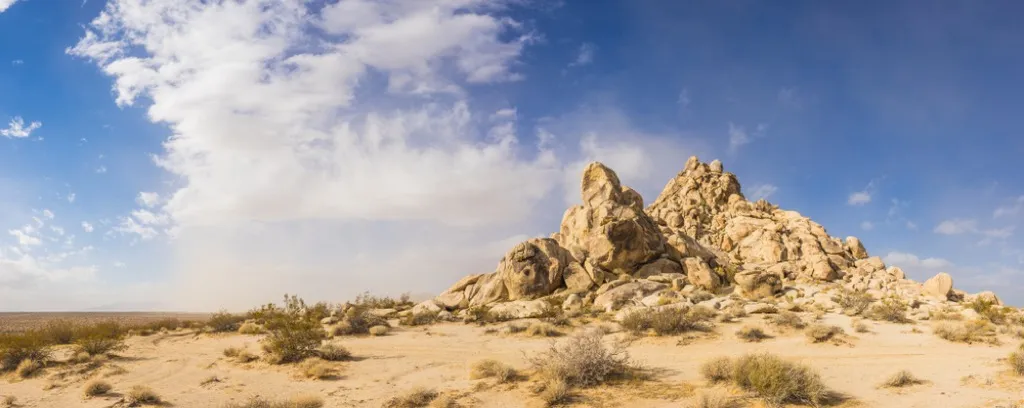
Hint: It’s a desert in Chile.
Answer: The Atacama Desert

Despite being located next to the Pacific Ocean, Northern Chile’s Atacama Desert is considered to be the driest place on Earth. According to NASA, parts of it went without rain for 400 years.
53
What is the scientific name for the fear of cooking?

Hint: It’s A) mageirocophobia, B) mangiaphobia, or C) cookophobia.
Answer: Mageirocophobia

There are those who hate having to prepare their own meals and then there are those who have a genuine fear of cooking food. The latter suffer from a condition called mageirocophobia.
54
Where does the word “soccer” come from?

Hint: It’s derived from A) a player’s name, B) an abbreviation, or C) the name of a prominent playing field.
Answer: An abbreviation

Although the sport may be called football in other places around the world, in America, we refer to the popular game as soccer. And that name is actually derived from the phrase “Football Association.” First shortened to “Assoc” in the late 1880s and early 1890s, it eventually became “socca,” then “socker,” before it evolved into the word “soccer” that we use today.
55
How fast does the Earth spin?

Hint: There are supersonic cars that move at this speed, which is a multiple of 10.
Answer: 1,000 miles per hour
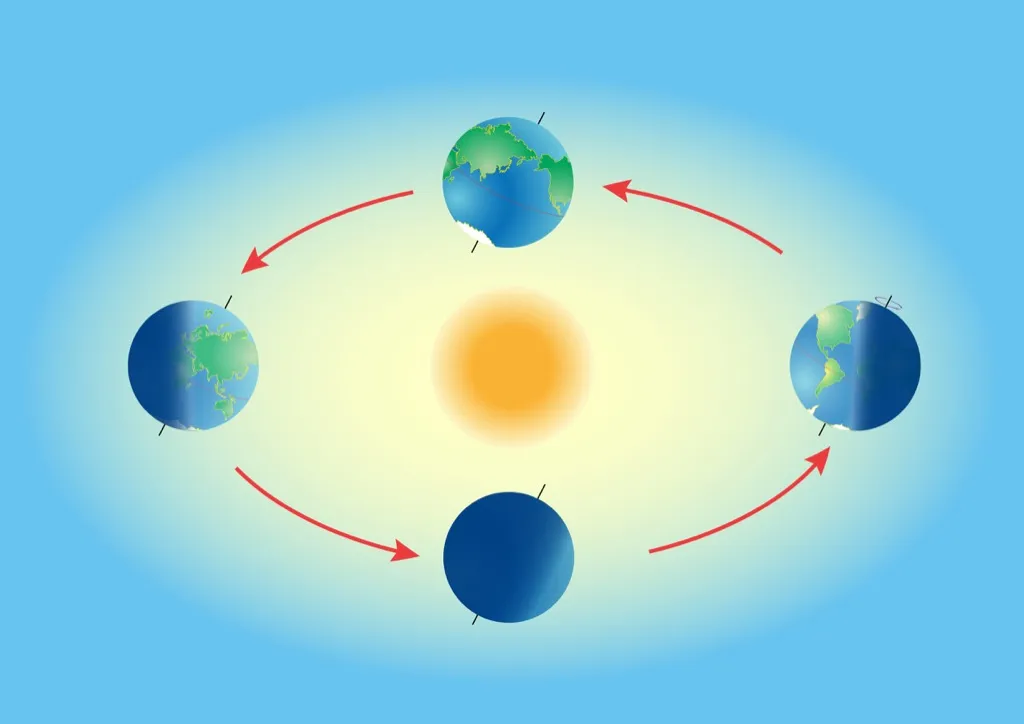
The Earth is constantly spinning. And while it may be impossible for humans to feel how fast the planet is flying around in space, we know that it spins at a speed of 1,000 miles per hour at the equator.
56
What percentage of people have black or brown hair?

Hint: It’s almost the entire population of the world; it’s also an even number.
Answer: 90%

If you naturally have black or brown hair, then you’re in good company with 90% of the population, according to the U.S. National Library of Medicine. On the other end of the spectrum, only about 2% of the population have red hair.
57
What is Massachusetts’ state polka?

Hint: It’s what you’re doing when you greet a person from this state.
Answer: “Say Hello to Someone from Massachusetts”

Massachusetts has a number of official state songs that reflect the area’s history and attributes. But the friendly sounding “Say Hello to Someone from Massachusetts” is the official state polka.
58
What is the most common birthday in the United States?

Hint: It’s A) Dec. 10, B) July 21, or C) Sept. 9.
Answer: Sept. 9

According to data from the National Center for Health Statistics and the Social Security Administration, Sept. 9 is the most common birthday when looking at births that took place between the years 1994 and 2014.
59
Which country has the most fresh water?

Hint: It’s located in South America.
Answer: Brazil

Brazil has approximately 8,233 cubic kilometers of renewable fresh water resources, which is around 12% of the world’s total. Russia comes next with 4,508 cubic kilometers; then comes the U.S. with 3,069 cubic kilometers.
60
In how many billions of years will the sun run out of energy?

Hint: It’s A) 5 million, B) 5 billion, or C) 5 trillion.
Answer: 5 billion

Every star that sparkles in space will eventually die, and that includes our own sun. Thankfully, our solar body won’t burn out for a long time. It still has enough energy churning inside of it to keep it glowing for another five billion years.
61
What animal name literally means pig-fish?
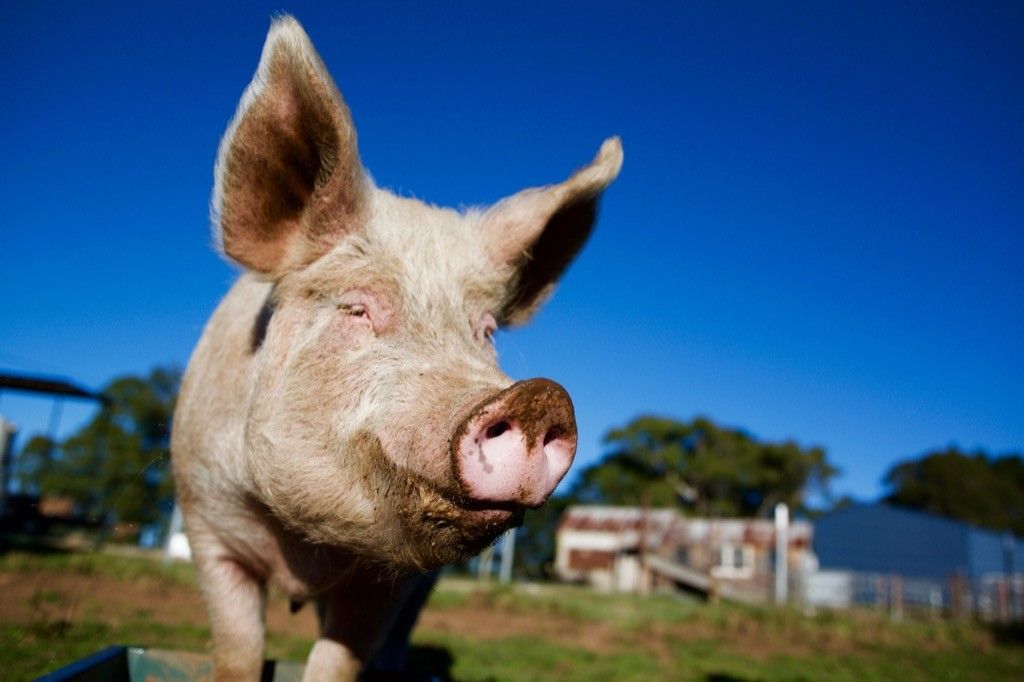
Hint: You’ll find this popular animal in the ocean.
Answer: Porpoise
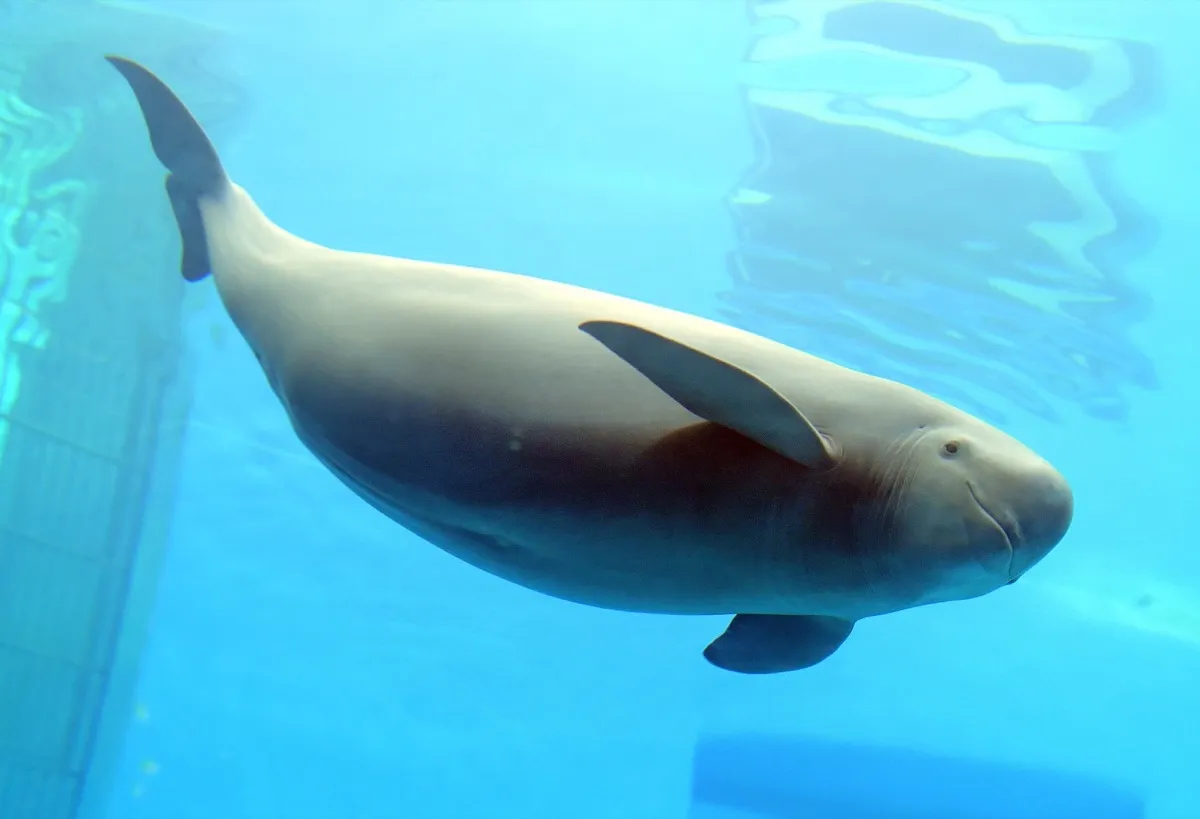
Though a porpoise is technically a type of whale, its name actually means pig-fish. According to Merriam-Webster, the Latin porcus (which means pig) was combined with piscis (meaning fish), which then became “porcopiscis” in Medieval Latin, then “porpeis” in Anglo-French, and “porpoys” in Middle English, before becoming “porpoise” today.
62
Approximately how much does a single cloud weigh?

Hint: It’s A) 1.1 million pounds, B) 1.1 trillion pounds, or C) Nothing, clouds are weightless.
Answer: 1.1 million pounds

Clouds often appear to be big cotton-ball-like puffs that hover high up in the sky. However, according to the United States Geological Survey, clouds tend to weigh approximately 1.1 million pounds, or around 551 tons.
63
How long was a day when the Earth first formed?

Hint: Fewer than half the hours of a modern day.
Answer: 6 hours

Each day on Earth is around 24 hours today. But when our planet was first formed, a day was just six hours long. That’s due to the fact that the Earth used to spin much faster. According to NASA, our days get 0.0017 seconds longer every 100 years.
64
How many years ago were pigs first domesticated?

Hint: Way longer than a century ago.
Answer: 9,000 years ago
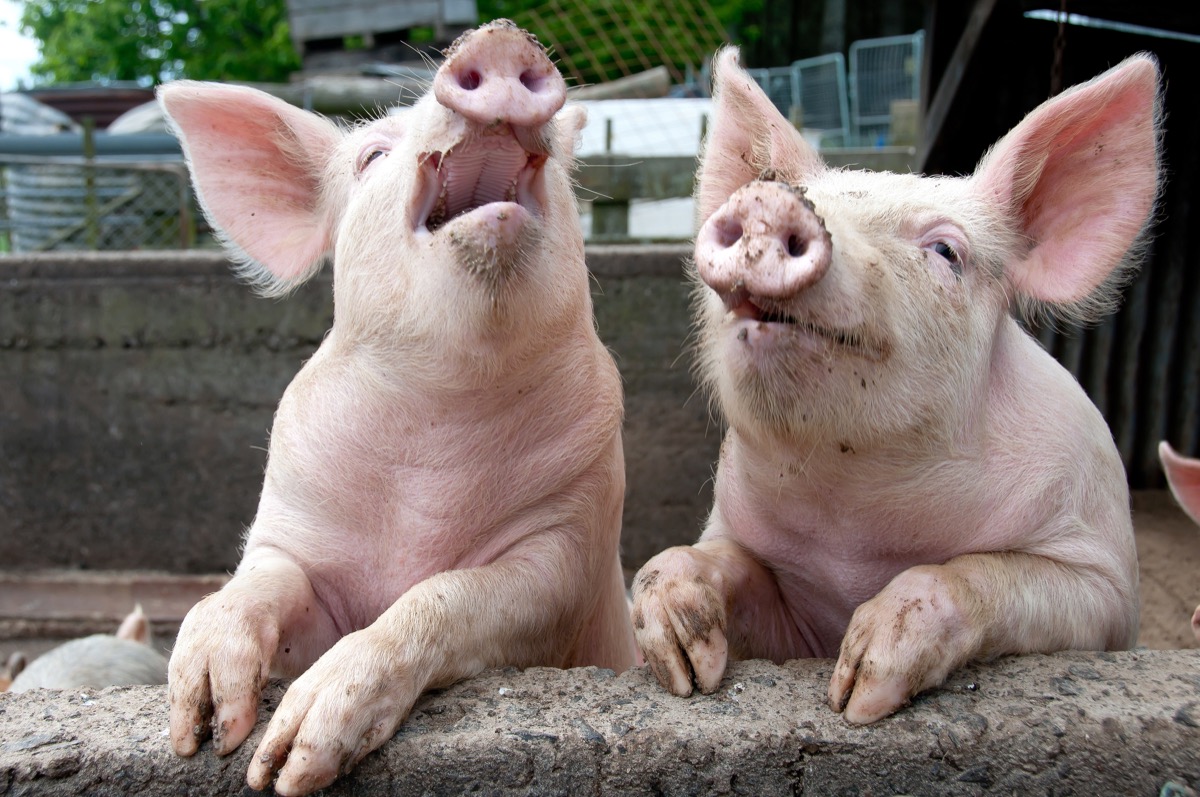
Pigs have been a common sight on farms around the world for a long time. Swine were some of the first animals to be domesticated, along with dogs, sheep, goats, and cows. Those living in the region that is now Turkey started keeping pigs as livestock about 9,000 years ago.
65
How many kinds of apples are grown around the world?
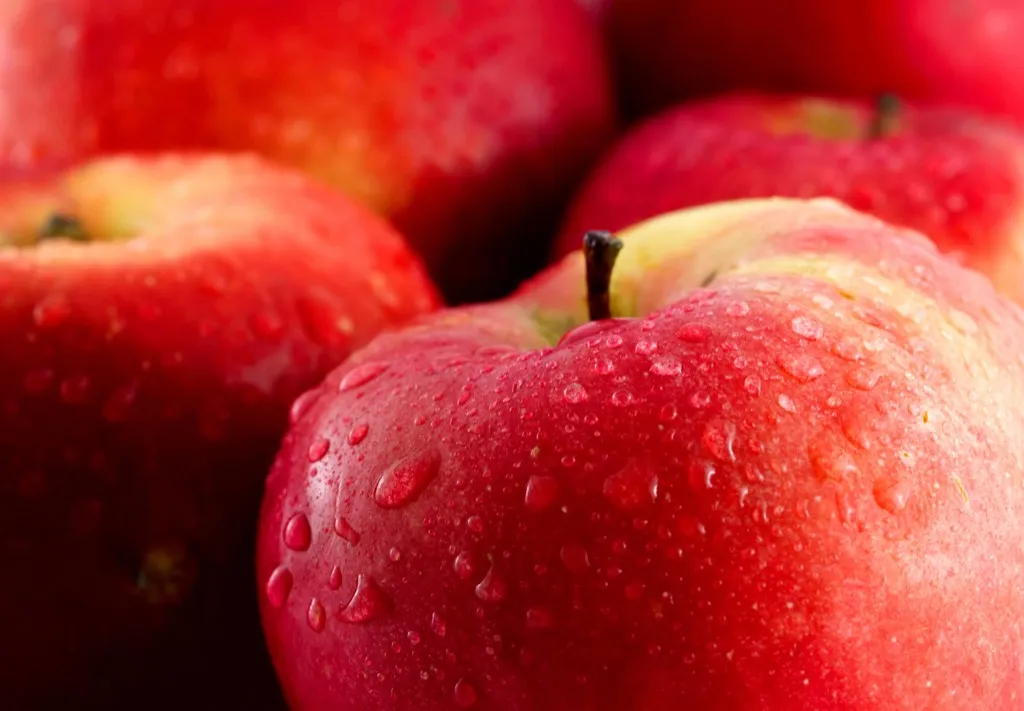
Hint: It’s A) 125, B) 1,000, or C) 7,500.
Answer: 7,500

When you buy apples from a grocery store or pick them at an orchard, you probably have a few options, which may include Red Delicious, Granny Smith, Gala, Fuji, Honeycrisp, or McIntosh. But it turns out, those are just a few of the 7,500 different varieties of apples that exist, according to the University of Illinois. Around 2,500 varieties are grown in the United States alone, although only 100 are produced commercially.
66
What is anatidaephobia?

Hint: It has something to do with ducks.
Answer: The fear that a duck is watching you

Those who suffer from anatidaephobia have an intense fear that they’re constantly being watched by a duck. Hey, most fears are illogical, right?
67
What do you call a group of toads?

Hint: Think “rope.”
Answer: A knot

If you ever run across a group of toads, you can call them a “knot.”
68
What country is nicknamed the “Land of a Thousand Smiles”?

Hint: It’s located in Southeast Asia.
Answer: Thailand

Thailand may have the sweetest nickname of any country on Earth. The Southeast Asian nation happens to be known as the “Land of Smiles” or the “Land of a Thousand Smiles.” While the pleasant title was thought up in order to attract tourists, it’s based on the friendly culture and hospitable ways of those living in the country.
69
How long do seasons last on Uranus?

Hint: It’s A) 21 minutes, B) 21 months, or C) 21 years.
Answer: 21 years

Seasons on other planets are very different from the seasons on Earth—and that’s certainly true when it comes to Uranus, where each season lasts 21 years due to the fact that the planet’s axis is tilted 98 degrees.
70
How many islands are in the so-called Thousand Islands area of the Saint Lawrence River?

Hint: It’s A) 1,011, B) 1,864, or C) 963.
Answer: 1,864

Both the U.S. and Canada share the beauty of the Saint Lawrence River, including the Thousand Islands area. And while it’s certainly an impressive name, there are actually 1,864 islands of different shapes and sizes dotting the river.
71
What is the world’s largest national park?

Hint: It’s almost the size of France and Spain combined, but also an autonomous Danish territory.
Answer: Northeast Greenland National Park

Greenland’s National Park, an uninhabited and remote area in the northern part of the nation, is the world’s largest national park, spanning 375,000 square miles. That’s almost the size of France and Spain put together and 77 times larger than America’s Yellowstone Park. However, despite its impressive size and status, it only sees around 500 visitors each year.
72
What is the wettest city in the U.S.?

Hint: It’s not in the Pacific Northwest, as you may assume!
Answer: Mobile, Alabama

Mobile, Alabama holds the title of being the wettest city in the contiguous U.S., thanks to the 67 average inches of rain it gets each year over the course of an average of 59 rainy days. Pensacola, Florida, and New Orleans, Louisiana, come in second and third for their rainfall.
73
Where is the Earth the thickest?

Hint: The countries located on this line are very hot.
Answer: Around the equator

The Earth may be a spherical globe that spins around in space, but it’s not perfectly round. Our planet happens to be slightly bigger around the middle. To be exact, it’s about 0.3% thicker around the equator.
74
What was the earliest example of paper money?
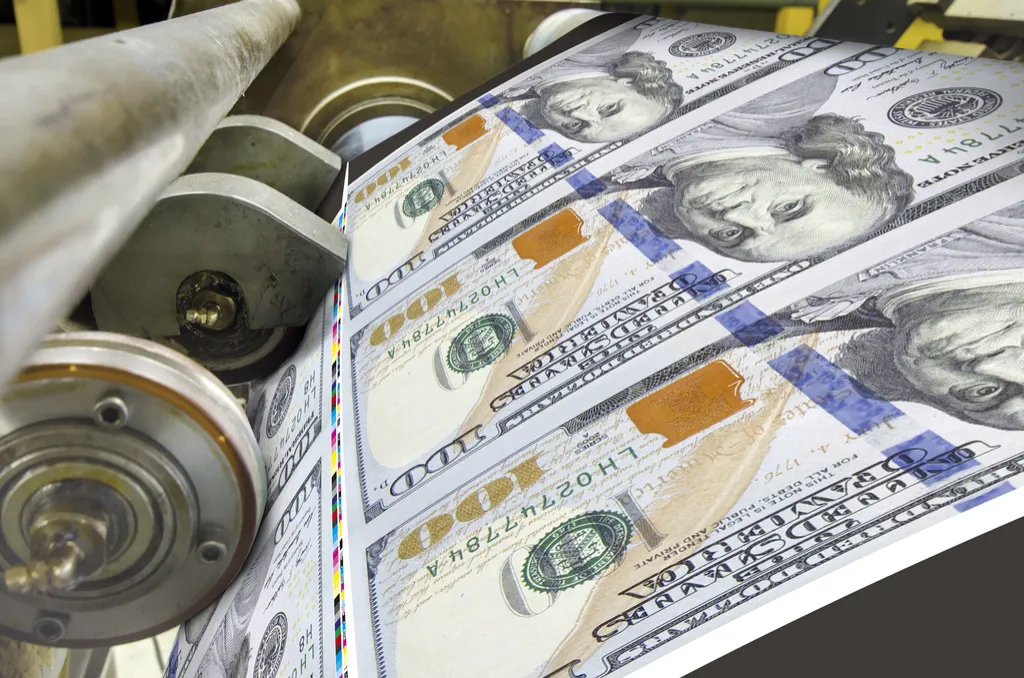
Hint: It was used under China’s Tang Dynasty.
Answer: “Flying money”

Different forms of currency have been used throughout history, but Guinness World Records has deemed “flying money” the earliest example of paper currency. Created during China’s Tang Dynasty between the years 618 A.D. and 907 A.D., flying money was only used by those with considerable wealth. And unlike our dollar bills today, you couldn’t use it to pay someone directly. Instead, the currency would be given to a local official who would issue a receipt that could then be taken somewhere else and redeemed for the same value.
75
What is the tiny plastic piece at the end of a shoelace called?

Hint: It starts with the letter A.
Answer: An aglet

Aglets serve a purpose, too: to keep the lace from unraveling and to make it easier for you to slip the lace through your shoelace holes.